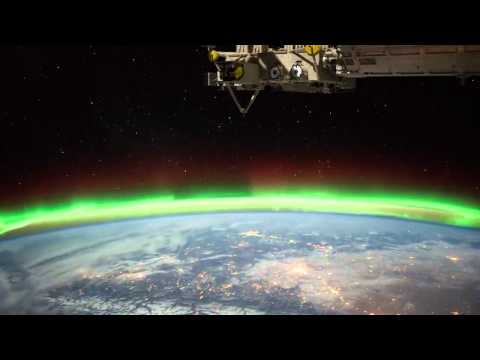From Pluto to Proxima Centauri: The Incredible Diversity of Planetary Systems
The study of planetary systems has always been a fascinating subject for astronomers and scientists alike. From the discovery of our own solar system to the exploration of exoplanets in distant galaxies, the incredible diversity of planetary systems never fails to amaze us.
One of the most intriguing aspects of planetary systems is the sheer variety of worlds that can exist within them. From the icy dwarf planet Pluto on the outskirts of our solar system to the potentially habitable exoplanet Proxima Centauri b orbiting the closest star to our sun, there is a wide range of environments and conditions that can support different types of planets.
Pluto, once considered the ninth planet in our solar system, was reclassified as a dwarf planet in 2006 due to its small size and eccentric orbit. Despite its diminutive stature, Pluto has a complex and fascinating geology, with icy mountains, plains of frozen nitrogen, and a thin atmosphere of nitrogen and methane. Its status as a dwarf planet has sparked a debate among astronomers about the classification of celestial bodies in our solar system and beyond.
On the other end of the spectrum, Proxima Centauri b is an exoplanet orbiting the red dwarf star Proxima Centauri, which is located just 4.24 light years away from Earth. Discovered in 2016, Proxima Centauri b is roughly the same size as Earth and orbits within the star’s habitable zone, where liquid water could potentially exist on its surface. This has led scientists to speculate about the possibility of life on this distant world, making it one of the most exciting exoplanets discovered to date.
In addition to Pluto and Proxima Centauri b, there are countless other planetary systems with their own unique characteristics and features. Some planets are gas giants like Jupiter, with thick atmospheres and powerful magnetic fields, while others are rocky worlds like Mars, with ancient riverbeds and dormant volcanoes. Moons, rings, and asteroids also play a role in shaping the dynamics of planetary systems, adding to the complexity and diversity of these cosmic environments.
As technology advances and our understanding of the universe expands, we can expect to discover even more exotic and unusual planetary systems. From rogue planets wandering through interstellar space to super-Earths with gravity so intense that they crush diamonds, the possibilities are endless. Each new discovery brings us closer to unlocking the mysteries of the cosmos and understanding our place in the universe.
In the end, the incredible diversity of planetary systems reminds us of the vastness and complexity of the cosmos. From the icy plains of Pluto to the potentially habitable shores of Proxima Centauri b, each world offers a glimpse into the wonders of the universe and the endless possibilities that lie beyond our own solar system. As we continue to explore and study these distant worlds, we can only marvel at the beauty and diversity of the planetary systems that make up our universe.













